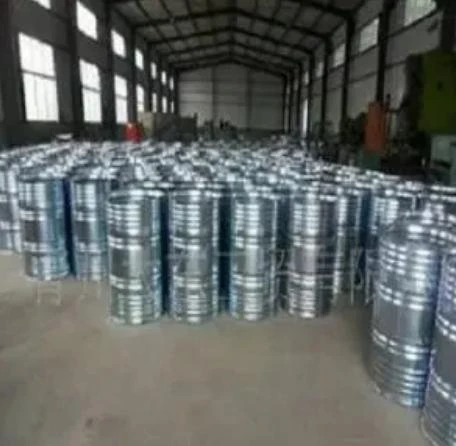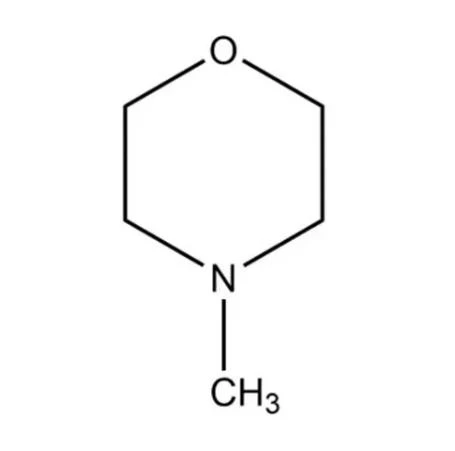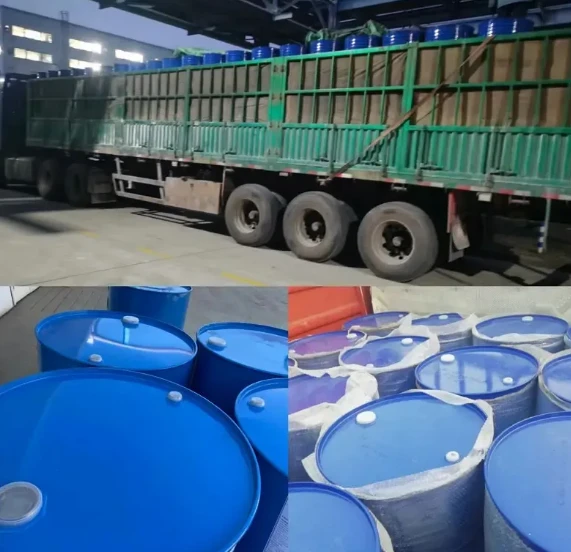1,2-Diaminobenzene: A Crucial Chemical in Dye Manufacturing and Industrial Applications
In the world of specialty chemicals, 1,2-diaminobenzene stands out as a vital compound with broad applications across multiple industries. Also known by its CAS 95-54-5 registration number, this aromatic diamine plays a key role in dye production, polymer synthesis, and pharmaceutical research. With its reactive nature and exceptional stability under controlled conditions, 1,2-diaminobenzene is an essential ingredient for manufacturers seeking high-performance chemical intermediates.

The Acidity and Alkalinity (pKa Value) of 1,2-Diaminobenzene and Its Role in Reactions
Understanding the chemical behavior of 1,2-diaminobenzene is essential for optimizing its use in industrial applications. This compound contains two amino (-NH₂) groups attached to a benzene ring, which significantly influence its reactivity and solubility. The pKa values of 1,2-diaminobenzene are approximately 4.7 and 5.3, indicating that it exhibits weakly basic properties due to the presence of electron-donating amine groups.
The acidity and alkalinity of 1,2-diaminobenzene make it highly valuable in chemical synthesis. In acid-catalyzed reactions, its amino groups facilitate electrophilic substitution, allowing it to react efficiently with various substrates. Conversely, in alkaline conditions, CAS 95-54-5 exhibits enhanced nucleophilic behavior, making it an ideal reactant for forming complex organic compounds. These properties explain why diaminobenzene uses extend to the production of dyes, antioxidants, and high-performance polymers.
How Stable Is 1,2-Diaminobenzene Under Light Exposure?
Light stability is a crucial factor for chemicals used in industrial production. 1,2-diaminobenzene is moderately sensitive to light and oxygen, meaning that prolonged exposure can lead to gradual degradation. When exposed to UV radiation, CAS 95-54-5 may undergo oxidation, causing discoloration or loss of reactivity over time.
To maintain the purity and effectiveness of 1,2-diaminobenzene, manufacturers recommend storing it in tightly sealed containers, away from direct sunlight and moisture. The stability of diaminobenzene uses can be further improved by incorporating stabilizers or antioxidants into formulations. This ensures that the compound retains its effectiveness in long-term storage and high-temperature industrial processes.
The Key Role of 1,2-Diaminobenzene in the Dye Industry
One of the most significant diaminobenzene uses is its application in the dye industry. As a crucial intermediate, 1,2-diaminobenzene is widely utilized in the synthesis of azo and anthraquinone dyes, which are known for their vibrant colors and durability. The presence of two amino groups allows it to form stable, high-performance dye molecules that are resistant to fading and chemical degradation.
The dye industry values CAS 95-54-5 for its ability to enhance the solubility and binding strength of pigments, ensuring that fabrics, plastics, and coatings maintain their rich hues over time. Additionally, 1,2-diaminobenzene is used in hair dye formulations, where its reactivity enables the development of long-lasting, oxidation-based colorants.
Furthermore, the demand for eco-friendly dyes has led to innovations in diaminobenzene uses, with researchers developing biodegradable, low-toxicity colorants derived from this compound. As sustainability becomes a priority in textile and cosmetic manufacturing, 1,2-diaminobenzene continues to be a valuable raw material for next-generation dye solutions.
1,2-Diaminobenzene FAQs
What is the significance of the pKa value of 1,2-diaminobenzene?
The pKa values of 1,2-diaminobenzene (approximately 4.7 and 5.3) indicate its weakly basic nature, making it highly reactive in both acidic and alkaline environments, which is beneficial for industrial chemical reactions.
How should CAS 95-54-5 be stored to maintain stability?
To ensure the longevity of CAS 95-54-5, it should be stored in airtight containers, away from direct light, heat, and moisture to prevent oxidation and degradation.
Why is 1,2-diaminobenzene used in dye manufacturing?
1,2-diaminobenzene is a key intermediate in the synthesis of azo and anthraquinone dyes, providing enhanced color stability, solubility, and durability for textiles and industrial coatings.
Is diaminobenzene used in pharmaceuticals?
Yes, diaminobenzene uses extend to pharmaceutical research, where it serves as a building block for certain drug formulations and active ingredients.
How does 1,2-diaminobenzene compare to other aromatic amines?
Compared to other aromatic amines, 1,2-diaminobenzene offers unique dual-amino functionality, allowing for more versatile applications in dyes, polymers, and specialty chemicals.
With its extensive industrial applications, reliable performance, and growing market demand, 1,2-diaminobenzene continues to be a valuable asset for chemical manufacturers worldwide. Whether used in dye production, pharmaceuticals, or polymer synthesis, this compound remains an essential ingredient for high-performance chemical solutions.
Post time: ఏప్రి . 21, 2025 14:43


















